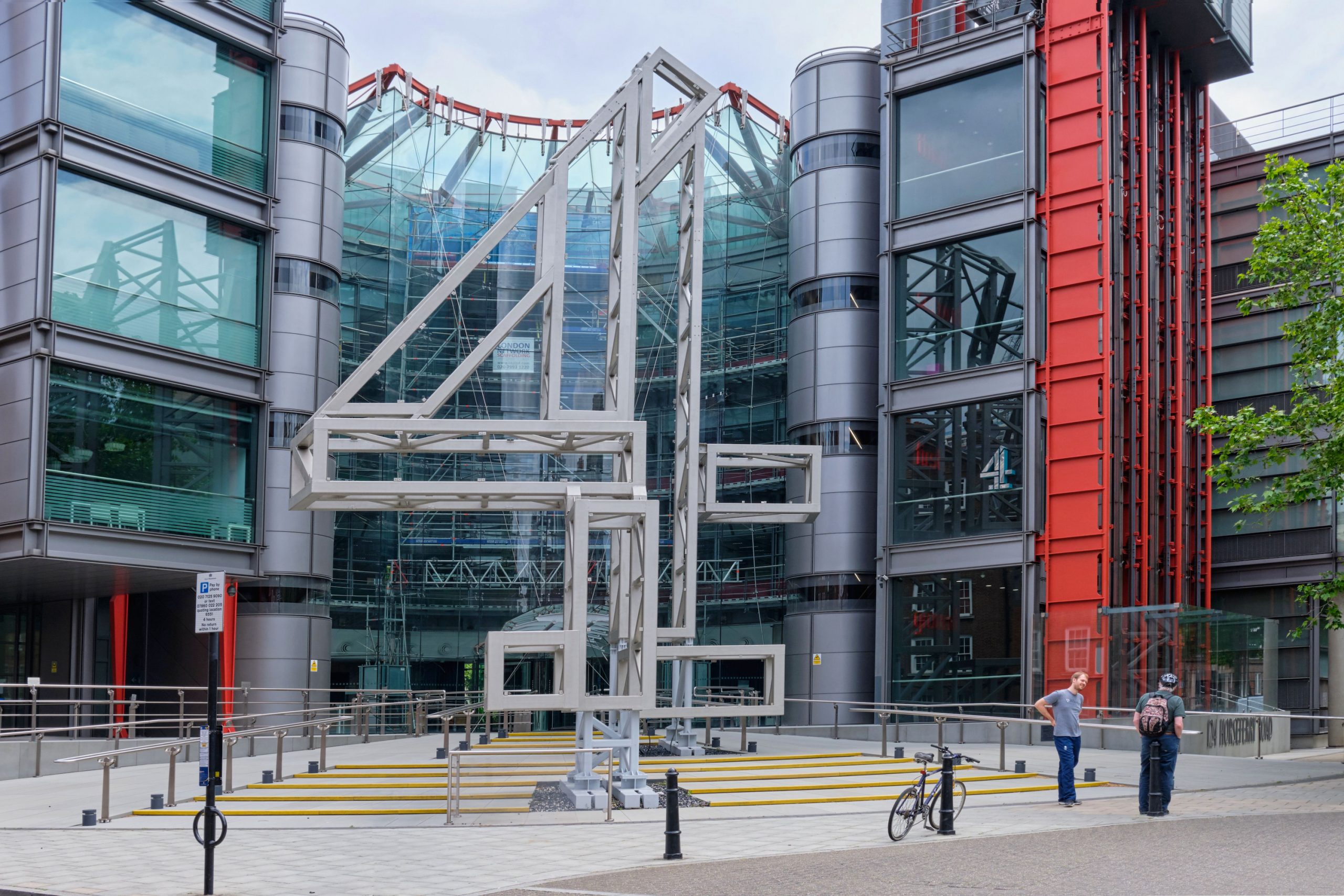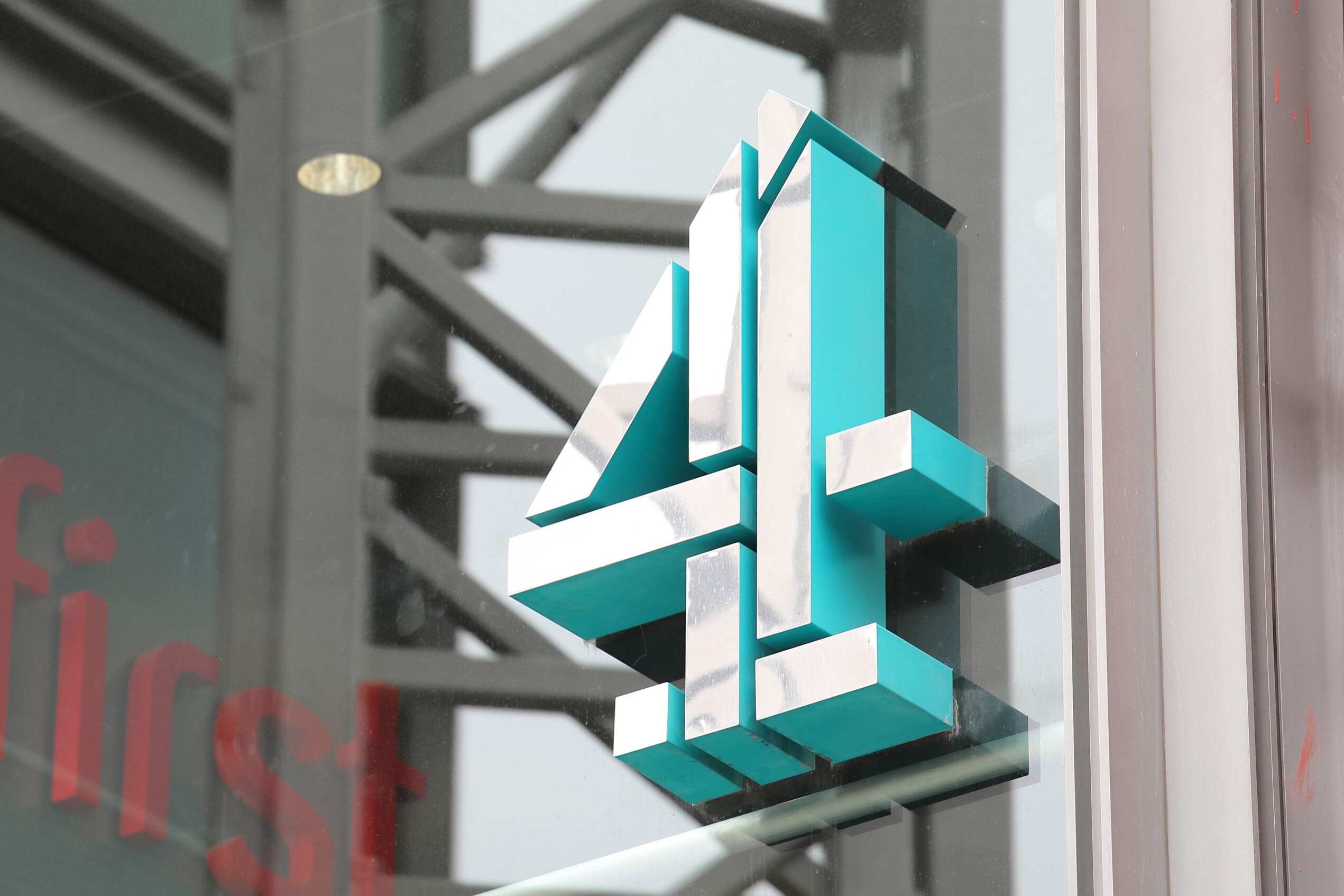Privatising Channel 4 means UK audiences could lose something precious: an independent, self-financed, well-performing and publicly owned broadcaster.
The Public Media Alliance is deeply alarmed by the UK government’s plans to press ahead with the privatisation of public broadcaster Channel 4 despite significant backlash from the public, media industry and politicians alike.
The announcement was made via Twitter by culture secretary Nadine Dorries on 4 April, who claimed that the broadcaster’s current ownership stops it “from competing with streaming giants like Netflix and Amazon”. She argued its sale would result in a “creative dividend for all”.
Yet this argument, along with so many proponents of privatisation, misses the point of Channel 4 and the cherished role that its public ownership affords: it is not mandated to compete with such SVOD giants. Rather, its responsibility is to commission and broadcast an array of content for diverse audiences, and support local and regional producers in doing so.
Publicly owned, not publicly funded
Channel 4 is publicly owned, not publicly funded, and therefore costs the taxpayer nothing. It is also doing well despite the pressures of COVID-19 and rising costs, allowing it to reinvest its profits back into the UK’s independent creative and production industries, not to mention the public interest content it produces regularly, as it is mandated to do.
Since its inception in 1982, Channel 4 has invested over £12billion into UK-produced programmes, while maintaining its independent public service remit. It is highly respected for its commissioning and originating of iconic British content: cutting edge documentaries, distinctive comedy and dramas, and quality, trusted news that prides itself in holding power to account. This is exactly what a quality, independent public media organisation should be doing in a democracy such as the UK.
Despite the economic uncertainty created by the pandemic, Channel 4’s 2021 revenue was forecasted to exceed £1billion for the first time, enabling it to boost its content budget by £40million in 2022 and 2023. It is also attracting younger audiences, bucking UK and international trends with a 7% growth in youth audiences across its main channel and a growth of 26% in its streaming audience.
Throughout the pandemic, Channel 4, like other public broadcasters globally, adapted and innovated to provide trusted coverage and content that brought audiences together. Similar approaches are now being deployed in their coverage of the Ukraine conflict, with the commissioning of special reports and other content. During this year’s Paralympic Games, Channel 4 was commended for leading the way in its approach to representative coverage.
Why privatise?
As evidenced in our submission to the UK Government’s public consultation on the future of Channel 4, we highlighted how the sale of Channel 4 would not only diminish its editorial independence, but also its ability, obligation and incentive to provide such public interest content. Its regional offices and its requirement to invest in local production would likely be seen as an indulgence by any future corporate owner.
According to The Guardian, analysts believe that Channel 4 would face 40-50% cuts to its £660 million programming budget as a privatised broadcaster, with cuts to programming which does not bring in much advertising income.
It is therefore confusing why, in the face of this – and the significant backlash to proposals – the government is still progressing with its ambitions. Channel 4’s management also remains staunchly opposed, and have long said that privatisation would reduce the organisation’s investment outside of London.
In a statement, they expressed their disappointment that the latest announcement was made without “formally recognising the significant public interest concerns” raised in the same public consultation that attracted 60,000 responses.
“Recently, Channel 4 presented DCMS with a real alternative to privatisation that would safeguard its future financial stability, allowing it to do significantly more for the British public, the creative industries and the economy, particularly outside London. This is particularly important given that the organisation is only 2 years into a significant commitment to drive up its impact in the UK’s Nations and Regions.”
Channel 4 has come under repeated attacks from Conservative politicians, who have complained that the broadcaster is biased against the party in some of its output. On Twitter, the Chair of the Digital, Culture, Media and Sport Select Committee, Julian Knight, suggested privatisation might be driven by “revenge for Channel 4’s biased coverage of the likes of brexit [sic] and personal attacks on the PM”.
This decision also follows the move to freeze the television licence fee that funds the BBC, which will result in a real-terms income reduction and cuts for the UK’s largest public broadcaster.
The decision to pursue plans to privatise Channel 4 is another significant blow to the UK’s public media landscape and comes at a time when rigorous, trusted, and editorially independent journalism and public interest content is needed most. Channel 4’s unique structure allows it to provide an essential public service while being profitable and able to invest in independent producers, without burdening the taxpayer. This only raises concerns that the decision to privatise Channel 4 is purely a political one.
Header Image: LONDON ENGLAND – JUNE 4, 2019: Channel 4 company sign London UK. Credit: TK Kurikawa/Shutterstock.com
Related Posts
21st February 2022
UK: Channel 4 makes history with Winter Paralympics
It's the first time a broadcaster has…
25th June 2021
What the public stand to lose if Channel 4 is privatised
The UK’s public media landscape has…

